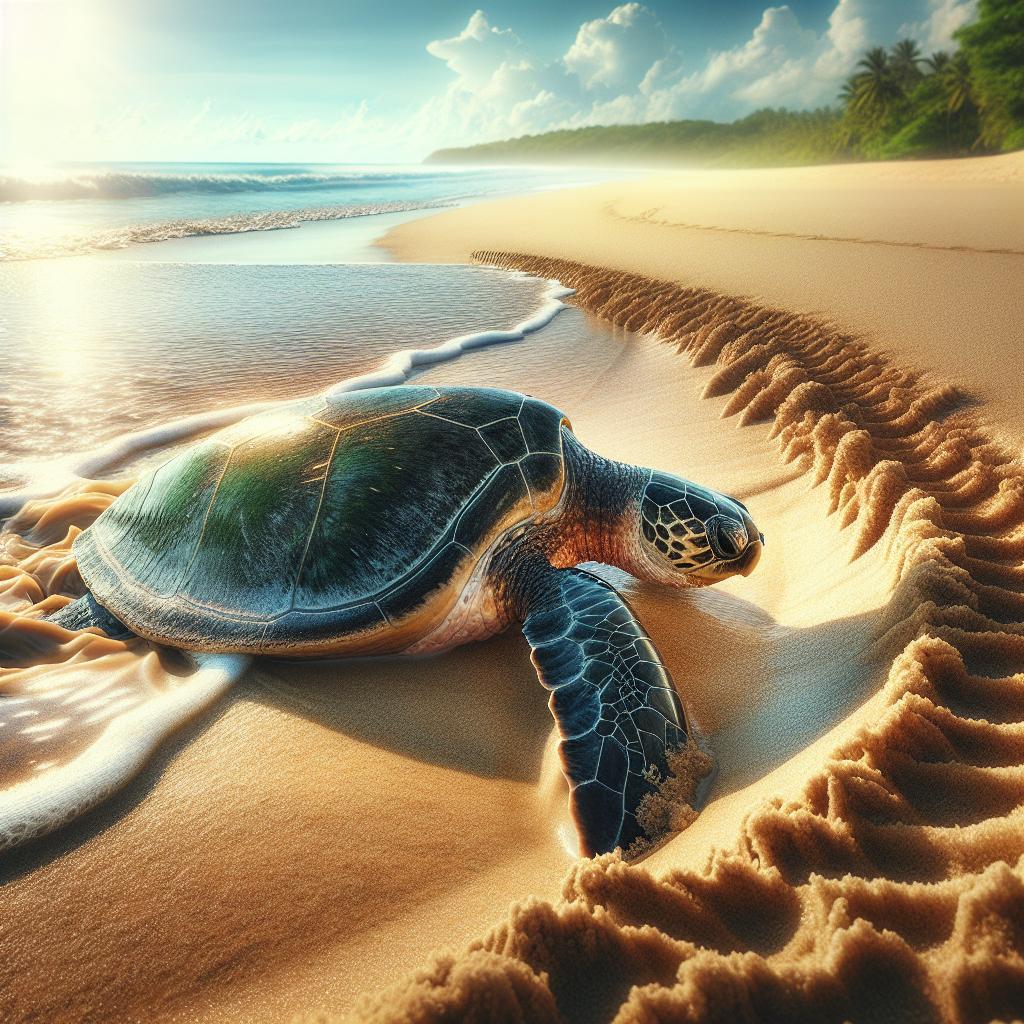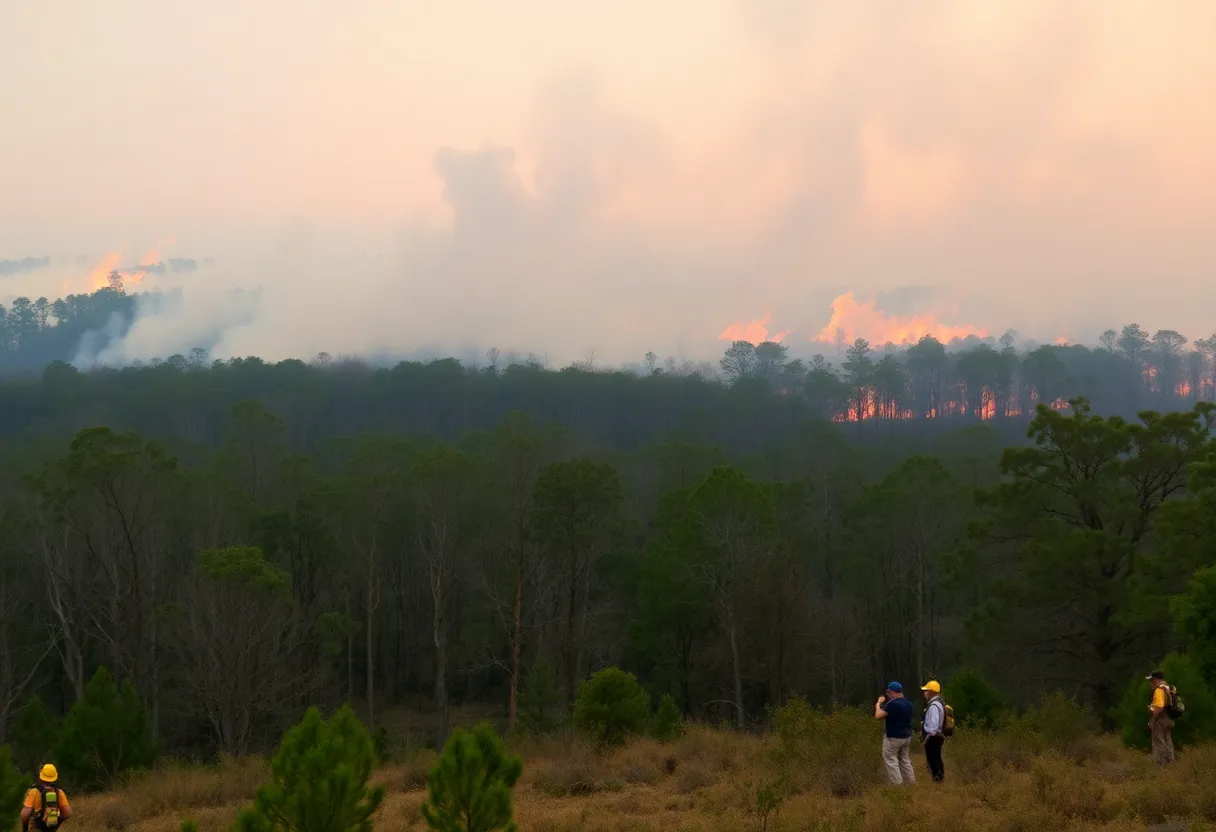Grand Strand Witnesses Full Swing of Sea Turtle Nesting Season
The beachfront region of Myrtle Beach, fondly known as the Grand Strand, is pulsing with life as the sea turtle nesting season peaks. However, amidst the exciting events, this year seems to be slightly offbeat with a fewer number of nests recorded for this esteemed season.
Current Status of Sea Turtle Nests
Officials monitoring the situation have confirmed the existence of only two loggerhead turtle nests at Myrtle Beach State Park—one of which emerged just recently. Cumulatively, Horry County has recorded 57 nests this year, contributing to the state-wide tally of 4,700. According to the local Park Ranger, although the numbers are comparatively lower than previous years, it doesn’t signal any alarming situation.
The Impact of Hurricane Season
Interestingly, the sea turtle nesting season coincides with the hurricane season. Consequently, storms like Debby, with a significant storm surge, can directly impact turtle nests. The Park Ranger admits that the extent of impact would greatly depend on variables such as the location along the coast, rainfall intensity, storm surge extent, and the beach type, among others.
Although it’s still early to gauge Debby’s impact on local nests, temperature dynamics seem to be a considerable determinant. An increase in temperature can potentially speed up hatching, while cooler and damp weather may retard the process. Usually, sea turtle eggs hatch after 50-60 days, producing hatchlings that instinctively find their way to the water through the moonlight and starlight guided paths.
Human Role and Responsibilities in Sea Turtle Nesting
The populace can contribute significantly towards making this journey safer for hatchlings by turning off artificial lights near the beach so as not to distract them from their path. As per a recent observation, one nest at the park appears to have around 113 eggs; officials are planning to conduct an inventory soon.
Further, people are urged to maintain the cleanliness of beaches by filling in cavities and picking up litter to ensure unobstructed access to water for hatchlings. Importantly, human activities must be limited and carefully overseen in and around the sand dunes to prevent any inadvertent harm to the turtle nests.
While the nesting season usually extends from May to October, the most bustling period falls between June and August. This crucial time brings everyone closer to nature, offering a first-hand view of the awe-inspiring lifecycle of sea turtles.
Author: HERE News, Source: HERE News Network







